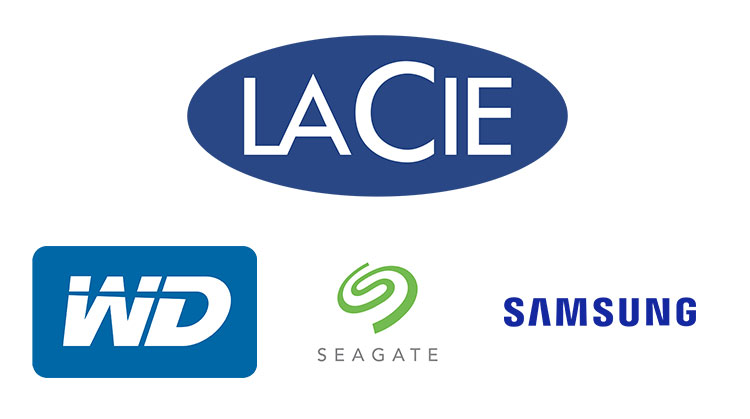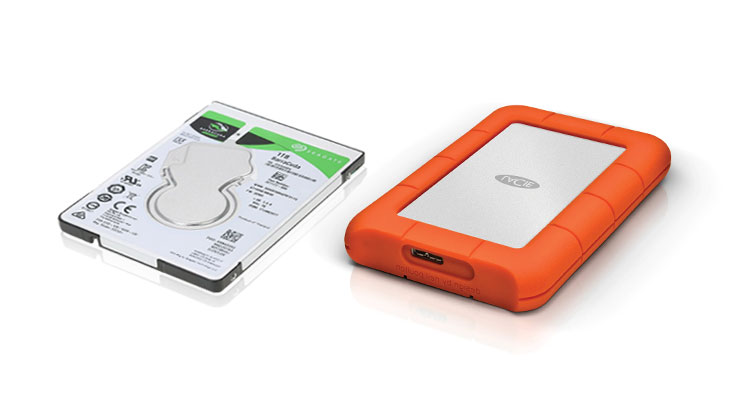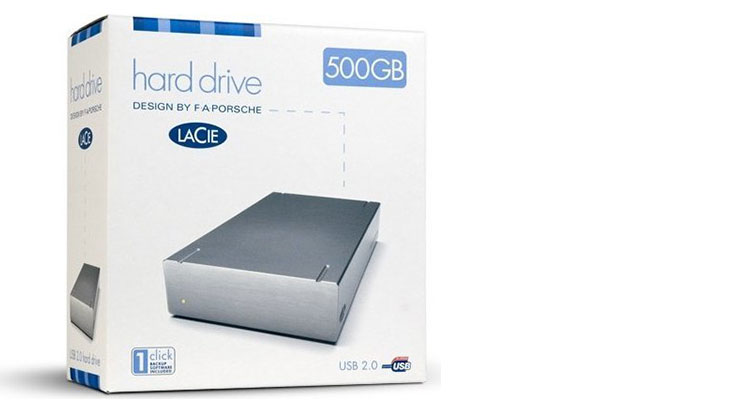
From the moment that LaCie hit the marketplace, they have been doing something interesting. They use Seagate, Western Digital, Toshiba and Hitachi hard drives inside of their enclosures. It may cause you to scratch your head and ask the question…why is that?
When you look at the reason why – it does make sense.
LaCie is not a hard drive manufacturer. So, it stands to reason that if you are manufacturing something that has a market demand but your product requires a vital component that is already in the market, why not use one of them, right?
That’s what LaCie does and that allows them to sell external hard drives that look really nice. That’s about it regardless of the amount of hype you may or may not be exposed to about LaCie and their products.
For example, pop open that Rugged Mini 1TB and you’ll find a Seagate inside.

So, to answer your question, why are LaCie external drives so much more expensive?
That’s a good question. When you look at what the LaCie external drive actually contains, there is no logical reason why it should cost a lot more than any other external drive on the market. Especially when you consider they literally save you time by packaging your internal drive into an external enclosure.
It’s a little bit like a cheese sandwich. You can buy the cheese and the bread separately or you can buy the sandwich readymade. LaCie gives you the readymade version.
While we’re on the topic of enclosures, those Rugged Mini drives, with the Seagate hard drive neatly tucked inside, are not as durable as they say they are. They gave it the wrong name as they just aren’t as rugged as you may be led to believe. That’s because it’s actually a Seagate. This means that if the disk is dropped with or without the rubber extension, a head crash is going to happen regardless.
Oh, and here’s an interesting tidbit for you…
As a subsidiary of Quantum, LaCie has been licensed to be the exclusive manufacturer of Apple-branded external SCSI hard drives. But they will be using Quantum hard drives in those enclosures.
It was Seagate Technology who announced in March 2012 that they would be purchasing LaCie for $186-million. The transaction was reported at the time to be scheduled to close in 2014.
What does this actually mean?
Simple. LaCie is nothing more than a subsidiary of Seagate.
Why then, do LaCie external drives also have hard drives from their competitors inside?
Well, to save you the time of actually verifying that last statement on your own, let me give you an example to help with the explanation.
The LaCie F. A. Porsche edition 500GB external hard drive has… wait for it… a 500GB Samsung hard drive inside of it. As for why that is, there is a rather logical explanation. Since 2011, Seagate has owned the Samsung hard drive business. However, the LaCie Porsche edition 500GB line dates back to 2007.

Where are they predicting the future with Samsung?
I’m not even going there.
But, really? Doesn’t it seem a bit odd to you that the company providing the internal parts for a high-end external drive magically ended up becoming bought out by LaCie?
Hmmm.
In any case, the truth of the matter is that LaCie is nothing more than a ‘premium’ distributor of external hard drives. And, these external hard drives do not differ in any way from the regular external brand name hard drives.
Think back to the cheese sandwich. The hard drives are the cheese and all LaCie does is stick that into an enclosure – the bread – to offer you the complete sandwich. Because they’ve done all the ‘hard work’ you get to enjoy the end result by paying a little more for it.
Another way to look at this is the world of fashion. You have your brand name products and you have your knock-off brands. The same basic item exists at both levels but just because there is a well-known (or hyped) brand name attached to the product, the cost is higher. The interesting thing here is that often that higher cost is not always justified by what the product happens to be.
All you need to do is trace the actual roots of the two items – the brand name one and the knock-off or other lesser known brands. They will be manufactured to virtually the exact same specs and will perform the same. But one will cost more only because of the name it wears.
Sadly, the truth is that brand name or not, both brands will be manufactured in the very same factory located in either China or Bangladesh.
